How to sepearate petunia seedlings??
kdog2568
10 years ago
Related Stories
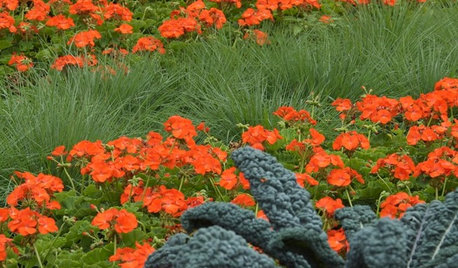
EDIBLE GARDENS7 Edible, Pretty Wonders of the Plant World
It's OK to like them just for their looks, but these flowers, trees and greens have a tasty side too
Full Story
GRASSES10 Ways to Use Ornamental Grasses in the Landscape
These low-maintenance plants can add beauty, texture and privacy to any size garden
Full Story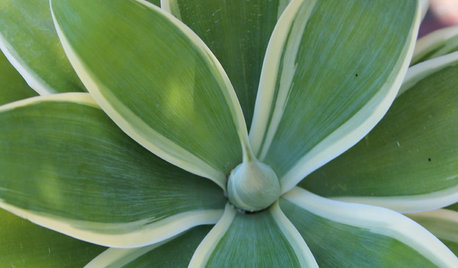
CALIFORNIA GARDENINGCalifornia Gardener's April Checklist
Outsmart droughts with water-savvy plants and sustainable approaches that suit the landscape
Full Story
FALL GARDENINGBe Your Own Wildflower Nursery
Gather seeds from your garden in fall, and you'll have a selection of plants for next year — without spending a dime
Full Story
GARDENING GUIDESMake Sure You Read This Before Buying New Plants
Follow these 10 plant-selection tips to avoid buyer’s remorse
Full Story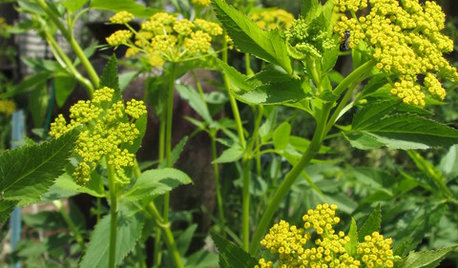
GARDENING GUIDESGreat Design Plant: Golden Alexanders for Early Spring Color
Get sunny flowers while other garden growers are still asleep, with this adaptable prairie plant beloved by butterflies
Full Story
EDIBLE GARDENSHow to Grow Your Own Sweet Summer Crops
This guide will help any gardener get started on growing the freshest warm-season veggies and berries for summer
Full Story
LIFEHard Winter? 9 Ways to Battle Cabin Fever
We know a lot of you are trapped where it just won’t stop snowing. Here are some ways to survive
Full Story
CONTAINER GARDENSContainer Garden Basics: How and When to Water Potted Plants
Confused about soil moisture, the best time to water and what watering device to use? This guide can help
Full Story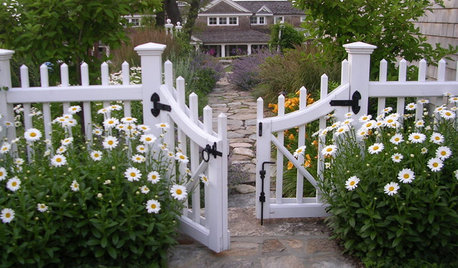
CURB APPEAL7 Ways to Create a Neighborly Front Yard
Foster community spirit by setting up your front porch, paths and yard for social interaction
Full StoryMore Discussions







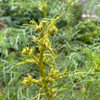
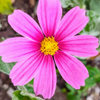
mandolls
ken_adrian Adrian MI cold Z5
Related Professionals
Carlisle Landscape Architects & Landscape Designers · Fort Lee Landscape Architects & Landscape Designers · Gainesville Landscape Contractors · Stoughton Landscape Contractors · Andover Landscape Contractors · Danvers Landscape Contractors · Federal Way Landscape Contractors · Riverview Landscape Contractors · Dorchester Center Decks, Patios & Outdoor Enclosures · Fort Collins Decks, Patios & Outdoor Enclosures · Hockessin Decks, Patios & Outdoor Enclosures · Kansas City Decks, Patios & Outdoor Enclosures · Mobile Decks, Patios & Outdoor Enclosures · Novi Decks, Patios & Outdoor Enclosures · Wildomar Decks, Patios & Outdoor Enclosureskdog2568Original Author
mandolls
SouthCountryGuy Zone 4b-5 SE BC
ken_adrian Adrian MI cold Z5
rhizo_1 (North AL) zone 7
rhizo_1 (North AL) zone 7
kdog2568Original Author
ken_adrian Adrian MI cold Z5
kdog2568Original Author
runswithscissors
rhizo_1 (North AL) zone 7
grandmamaloy
rhizo_1 (North AL) zone 7
mandolls
kdog2568Original Author
dowlinggram
rhizo_1 (North AL) zone 7
dowlinggram
calliope
docmom_gw
calliope
rhizo_1 (North AL) zone 7